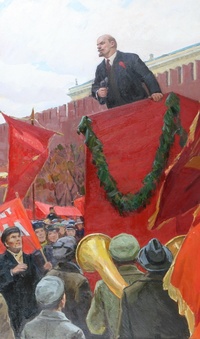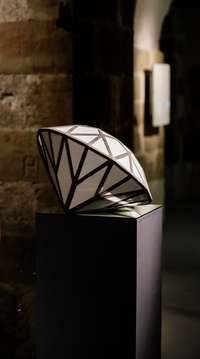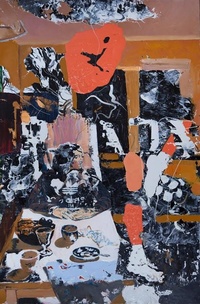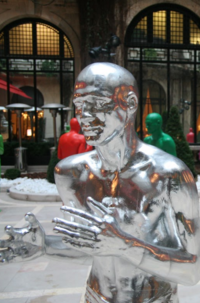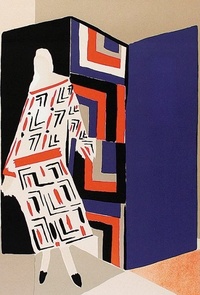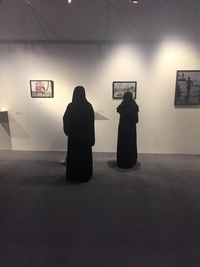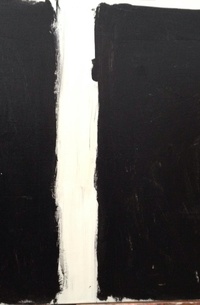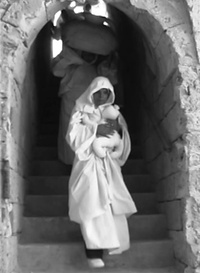Tintoretto's masterpieces for Venice Biennale revealed
The Venice Biennale organisers today revealed the three Tintoretto masterpieces that will be included in this year’s exhibition “ILLUMInations”. These are The Stealing of the Dead Body of St Mark 1562-66, and the Creation of the Animals, 1550-53, both on loan from the Gallerie dell’Accademia, and the Last Supper, 1592-94, one of the last works the artist painted, from the San Giorgio Maggiore Basilica.
Tintoretto’s work has been a acknowledged as an inspiration for the exhibition since its theme was announced last October. Curator Bice Curiger said she is determined to warn visitors to steer away from the dangers of traditionalism. “Tintoretto too was worried about overturning the conventions of his time, through a near reckless approach to composition that overturns the well-defined, classical order of the Renaissance,” she said in 2010. “I am interested in the light in those paintings, which is not rational but ecstatic.” His Last Supper—which the aging Tintoretto was in the middle of painting when he collapsed—is a good example of this. The artist took a scene that had dominated art for centuries and gave it a completely new perspective. The figures of the apostles are pushed to the side, angles inhabit the margins and a burst of light creates severe shadows.
But the biennale’s organisers stress that the inclusion of the Tintorettos should not overshadow the contemporary art. “We did not want the media simply to turn the Biennale into a showroom of those Tintorettos” says biennale president Paolo Baratta. To this purpose, the works have been unveiled only now, by means of a simple press announcement, just one month before the official preview on 1-4 June, when the paintings will be moved to the entrance of the biennale in the Giardini.
In return for the loan of the priceless canvases, the biennale foundation has provided funds to have the works restored. The biennale will also fund the conservation of three other canvases from Tintoretto’s “St Mark’s Cycle” housed in the Gallerie dell’Accademia, which is set to reopen in late 2011, after a major restoration and expansion designed by the architect Tobia Scarpa.
“It is not our intention to dwell upon the meaning and purpose of Tintoretto's art,” adds Baratta, “but certainly his stance emphasises the need to cast aside any danger of repetition, which nowadays occurs whenever works by leading artists (for example Beuys) are copied on a full scale. Contemporary art again seeks out the attention of its collectors and lovers. After decades of requiring detailed explanations, it is now beginning to speak to the eyes and draw emotions from the heart.”
Curiger sees “a lot of commonalities between the Venetian master's quest and the eagerness of some contemporary artists to defy the conventions which beleaguer art in our time.” Ultimately she is convinced that this new reading of Tintoretto's works will enhance our understanding and refine our perception of contemporary artists, and will prove a stimulating tool for new and original expression in today's art.
theartnewspaper.com



